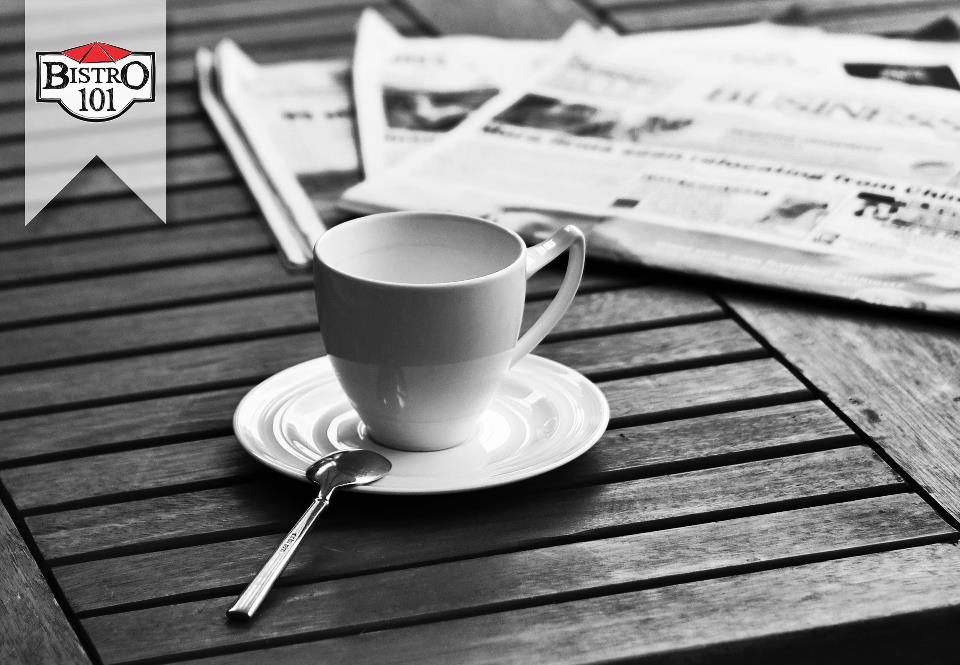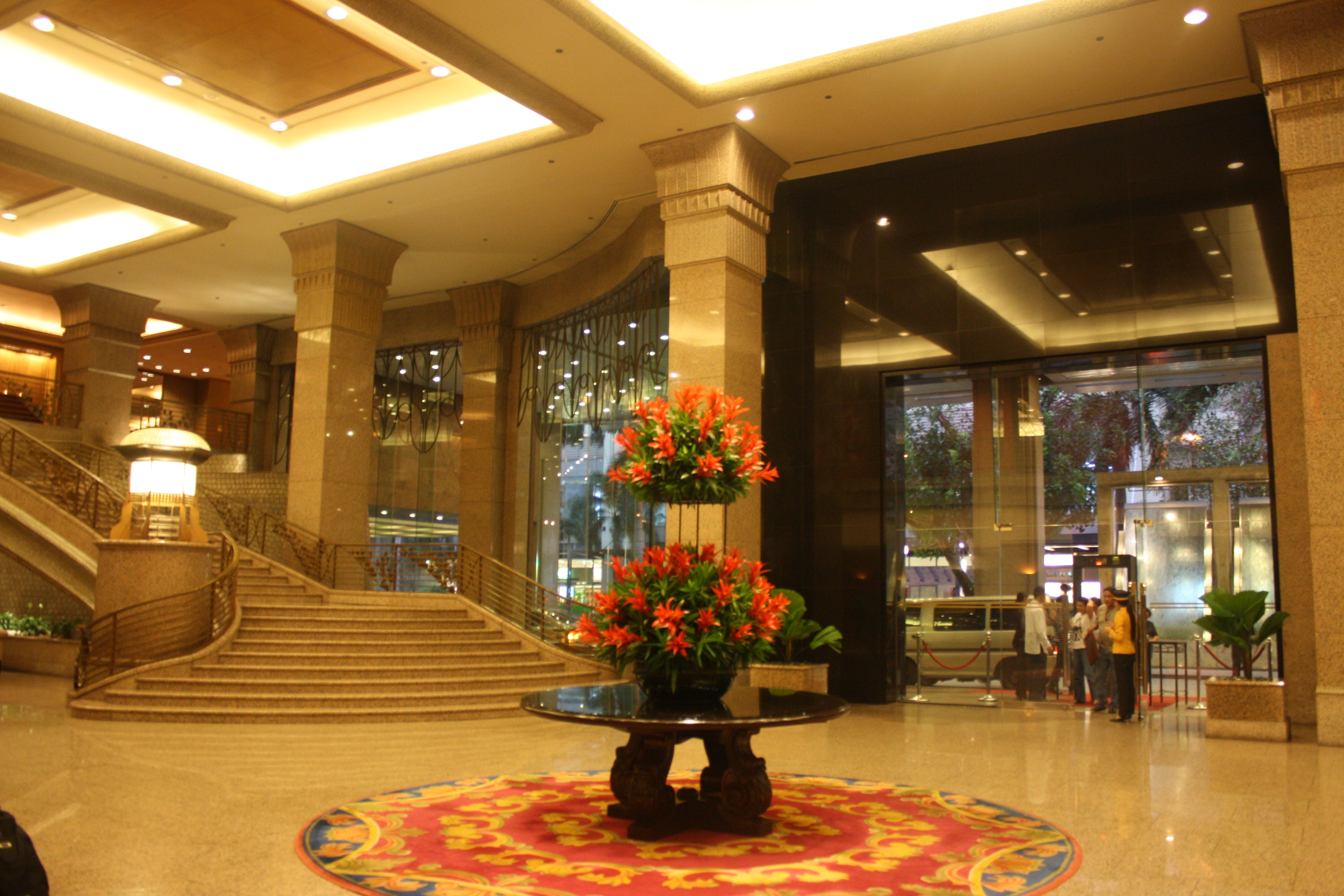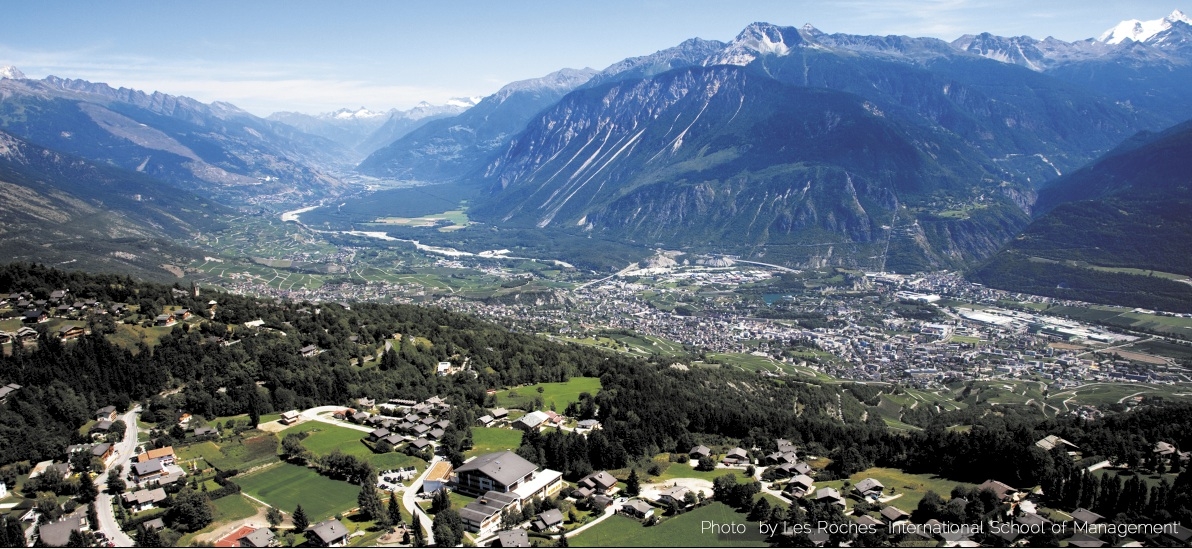An Epicurean Delight
ADF+Enderun students were treated to a foie gras workshop held by Chef Paulin Rio, Conseiler Culinaire of Rougie Sarlat.
Foie gras is a fattened duck or goose liver. It is characterized by a rich and buttery flavor that suits most refined palates. Goose foie gras has a more delicate flavor, while the duck’s taste is more pronounced. Celebrated as far back as 2500 B.C. in ancient Egypt, this delicate product has lived as an epicurean delight in most fine dining tables nowadays. “Foie gras is one emblematic icon in French
gastronomy,” Monsieur Pascal Schneider Mauoury, Directeur Marketing for Rougié shares. Sheltered by no less than the parliament as part of France’s cultural tradition, foie gras has evolved from a local tradition to one of today’s global marvel. Especially now that French cuisine is considered by the United Nations Education, Scientific and Cultural Organization as a world intangible heritage, demand for the delicacy continues to increase. The UN organization recognizes French gastronomy as a “social custom aimed at celebrating the most important moments in the lives of individuals”.
The process of foie gras making starts from breeding the species. In Rougié, Moulard ducks, a crossbreed of a female Peking and a Muscovy male, are fattened after four months of free-range living. It is forcefed with warm maize and other grains twice a day for twelve days. This method is known as gavage in French, meaning “to gorge.” Ducks have the natural capacity of tremendous ingestion. Foie gras artisans take advantage of this physiological particularity of overeating. The behavior allows the species to gain energy reserves for specific situations like migration and nesting. During the harvest of the liver, ducks are rendered unconscious through electronarcosis before being slaughtered. . Negative cold preservation of instant quick-freezing technique sets the liver to a stable temperature in less than an hour. Freezing foie gras can be justified to be technological and bacteriological.
The hands-on workshop started with an introduction about Rougié and the history of foie gras addressed by Sir Mauoury. Following the short lecture is the basic of foie gras preparation: deveining. This essential step consists of removing the two main veins that irrigate the liver from each lobe. This technique, which requires delicacy and thorough methods, was demonstrated with mastery by Chef Paulin.
The menu for the day all included the precious foie gras: Terrine of Foie Gras and Apricot, Duck Breast Stuffed with Foie Gras, Poached Foie Gras with Seafood Risotto, Pan-fried Foie Gras with Chutney Balsamic Reduction and Crème Brulée Foie Gras. The masterclass was organized by Enderun’s Culinary Department in partnership with the educational arm of Rougié Sarlat, L’École du Foie Gras. This workshop was designed to master the application of foie gras in gastronomical cuisine.





